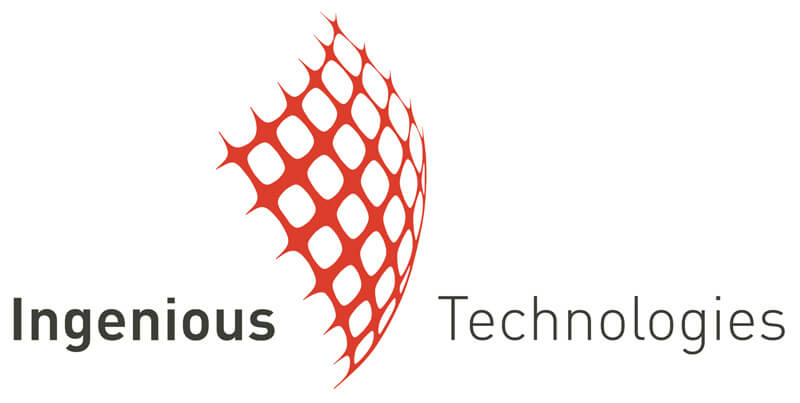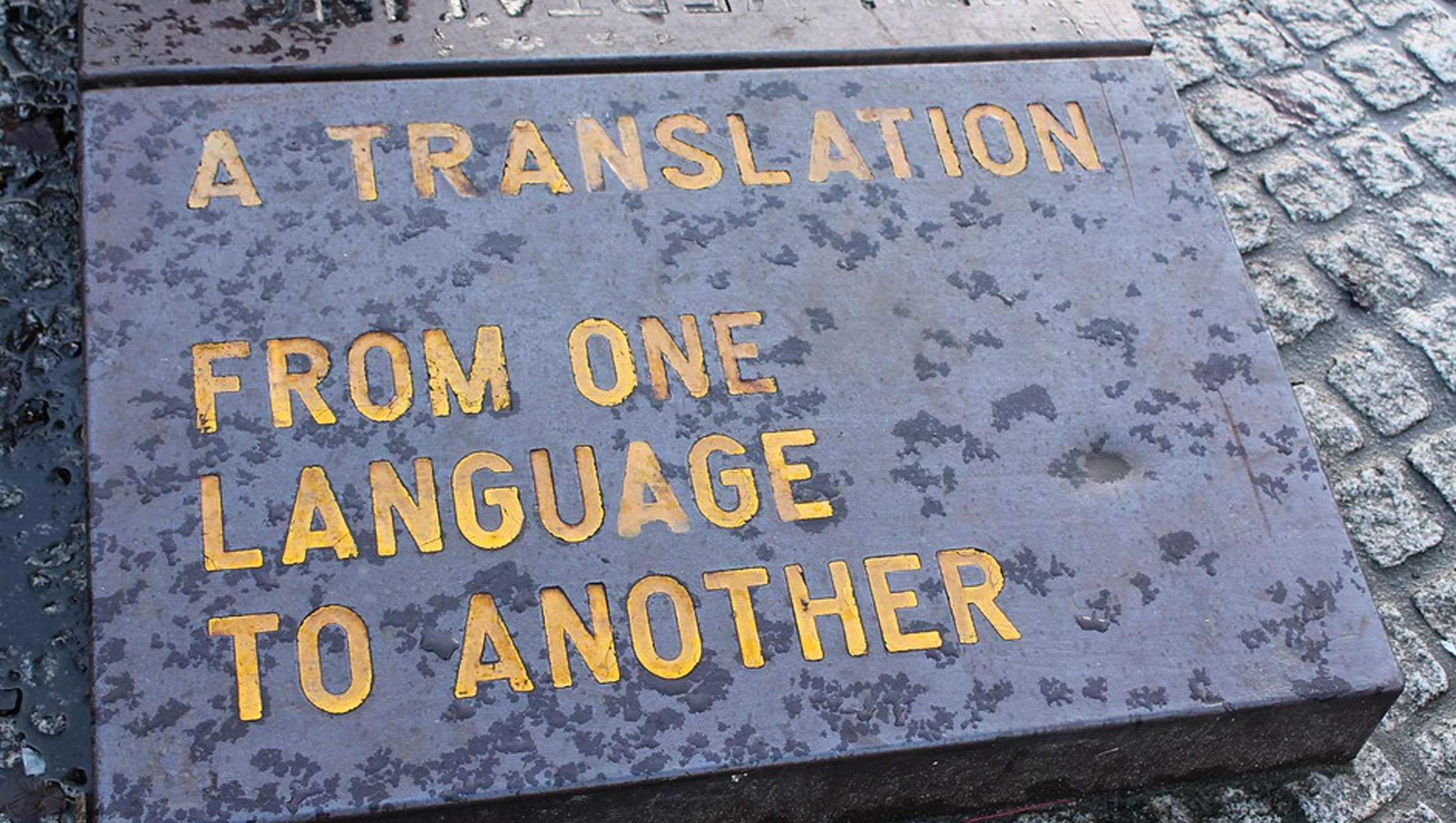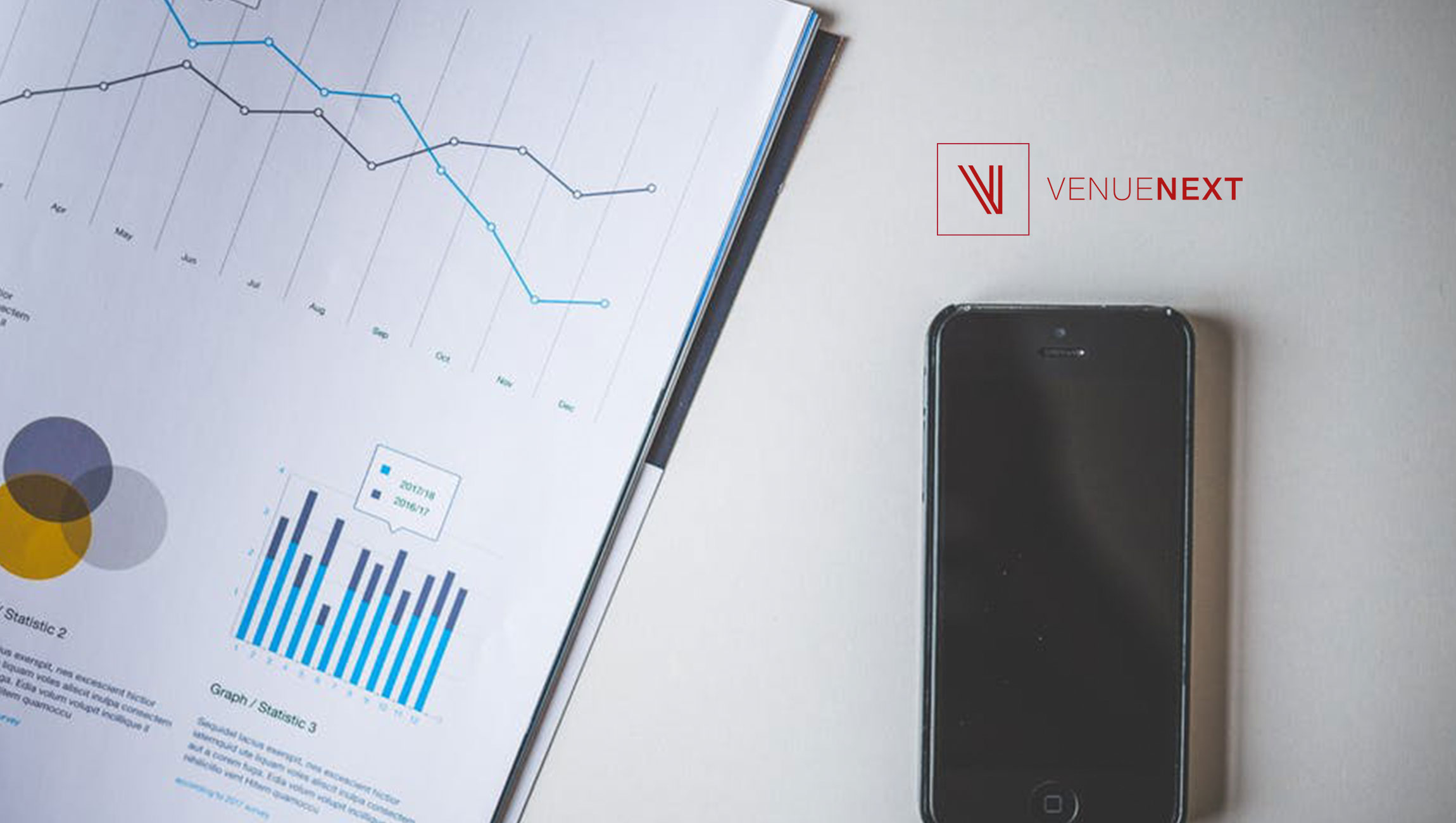 If you’re working for a B2B technology provider, you will probably find translation to be a tricky topic. After all, it isn’t just about translating your system into another language, word for word. Instead, it includes the adaptation of the text into the proper context.
If you’re working for a B2B technology provider, you will probably find translation to be a tricky topic. After all, it isn’t just about translating your system into another language, word for word. Instead, it includes the adaptation of the text into the proper context.
Through our continuous quest of adapting our platform for different markets, we have collected several learnings, both in terms of challenges faced as well as our solutions.
Common Challenges Faced
Establishing a market fit
First of all, you’ll find it difficult to establish a market fit. Words and phrases need to be translated differently in different contexts. Although the industry has professionalized massively over the last years, it is still virtually impossible for a translator to know the language conventions for every industry niche – what more when the niche concerns performance marketing.
Also Read: Native Advertising and the Rebirth of Creativity
Understanding your product
Another challenge is the fact that your translator needs to understand your product well. In B2B contexts, your translator should ideally have some experience in your industry, thereby knowing the keywords that everyone else in the industry understands and uses. Unfortunately, people who do so and also have substantial experience in translating are hard to find…
Maintenance
Most technology providers work in an agile manner these days. Their products constantly change. Any updates or new features mean that the text in the product’s interfaces changes along with it. Therefore, translating a platform or software is a continuous, ongoing maintenance project and that can make things pretty expensive. Most translators accept projects with a small amount of text, but charge high prices for them. Furthermore, it is very difficult to achieve consistency if translations are done bit by bit.
Also Read: Why the Future of the Contact Center Lies with the Home Agent
How we combat these challenges
At Ingenious Technologies, we took some time to figure out how to tackle these challenges. Here is what we did.
Prioritizing the markets
From the markets our clients were active in, we picked out the markets that really need translations. For countries like the Netherlands, Sweden and Denmark, translation is simply a nice-to-have. Their economies are highly globalized and EU research found that over 85% of their population speak English. In more centralized economies such as France or Russia, however, translation is a must. Both languages also open up emerging markets in Africa and Central-Asia to your clients.
Involving clients in the process
If they are willing, we involve our clients in the translation process. Not only do they have more experience in the markets in which they are active – they know also what words to use. What’s more, involving them in the process also gives them a sense of ownership over the product they use, which strengthens the client-vendor relationship.
Also Read: Brand Consistency Issues Hinder Marketers’ Ability to Tackle Customer Experience
Creating a glossary of commonly used terms
We invited one client for every market where we wanted to go local. Together we created a list of key terms used in our platform and turned it into a glossary. The translator used this glossary while translating. After the first draft of the translation was done, the client had the chance to review the translation in a testing environment. Only after the translator used this to finalize the work, we go live with the translation live.
Looking for a good translator
We found that in the long run, it pays to invest some time to pick a good translator. With translators of lower standards, we found that we ended up spending more time and (often) more money, as the entire process goes back and forth more, and you need to manage them. With a good translator, things are simpler.
Moving forward
The translation industry is highly competitive and surprisingly global. For our French translation, we received two offers from the UK, two from Germany, one from South Africa, before we went ahead with an experienced translation expert based in Japan. They all reached out to a simple message we had posted and shared on LinkedIn. Yes, it is difficult to find people who are both good translators and have a background in the industry you are working it, but they are somewhere out there.
And we will continue to keep a look out for performance-marketing-focused translators to collaborate with, so that we can make the platform even better for our clients.
Also Read: Five Inconvenient Truths of Multi-touch Attribution (MTA)











